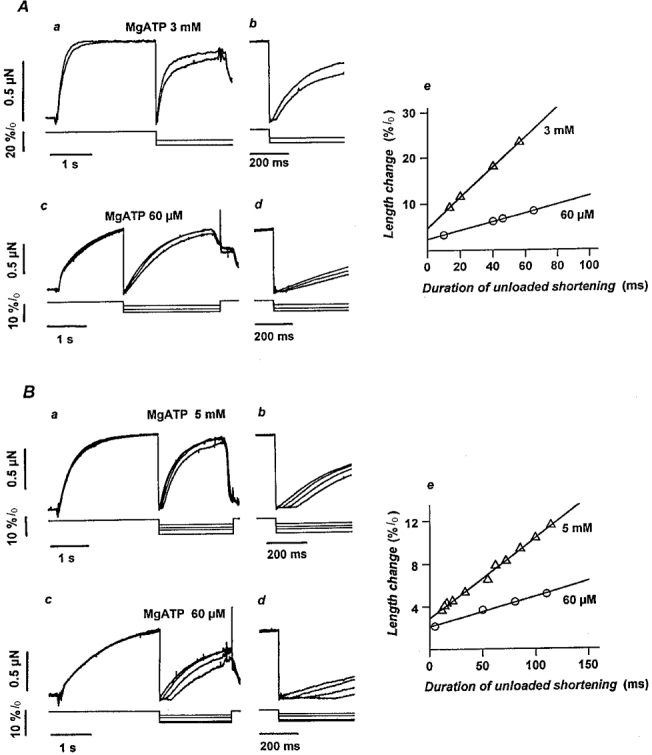Figure 2. Estimation of the maximal velocity of unloaded shortening by the slack test method in frog and rabbit myofibrils at high and low substrate.

Superimposed force records (upper traces) from frog tibialis anterior (A) and rabbit psoas (B) myofibrils at high (Aa, 3 mM; Ba, 5 mM) and low (Ac and Bc, 60 μM) MgATP concentrations during the imposition of rapid (1 ms) shortening steps of different amplitude (lower traces; 2-20 %l0). Force falls to zero and the unloaded myofibril shortens at its maximum speed until the slack is taken up and force starts to redevelop at the new length. On an expanded time base, the duration of the unloaded shortening phase was clearly resolved at both high (Ab and Bb) and low (Ad and Bd) substrate concentrations. The maximal velocity of unloaded shortening (V0) in frog (Ae) and rabbit (Be) myofibrils was estimated from the slope of the relation between the amplitude of the length change and the duration of the unloaded shortening phase. Frog tibialis anterior, 3 mM MgATP: 3.3 l0 s−1 (l0 = 64 μm); 60 μM MgATP: 0.9 l0 s−1 (l0 = 44 μm). Rabbit psoas, 5 mM MgATP: 0.8 l0 s−1 (l0 = 91 μm); 60 μM MgATP 0.3 l0 s−1 (l0 = 84 μm). Temperature, 5 °C.
